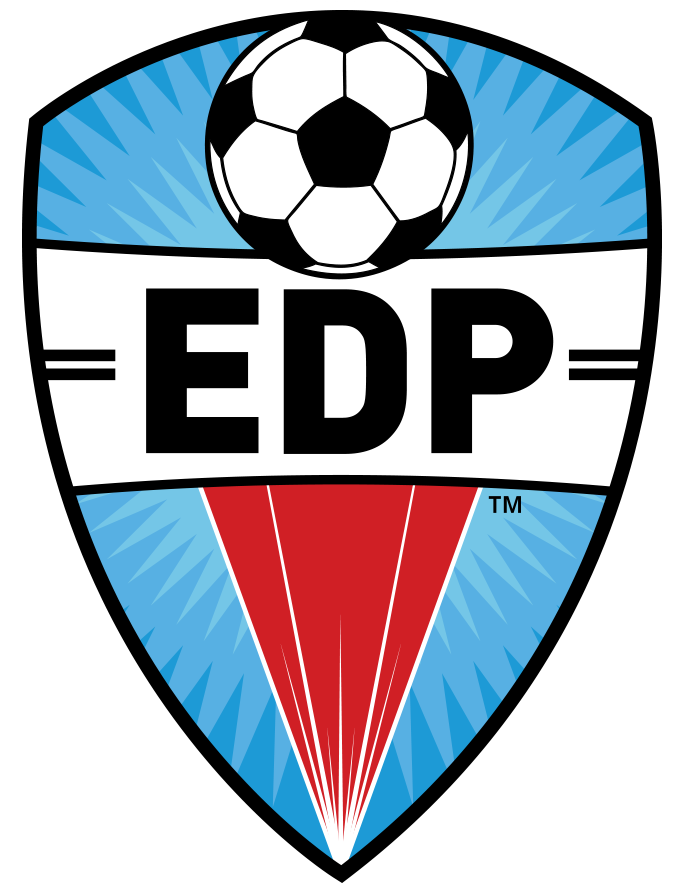EDP takes flexible approach to implementing U.S. Soccer mandates

East Brunswick, NJ (Via EDP Soccer) – EDP, the New Jersey based provider of leagues and tournaments, is aiming to take the stress out of club and team decisions brought about by the recent US Soccer mandates about changing to calendar year ages and changing the format of games at the younger ages.
“We realized early on that there are several ‘pain points’ for soccer clubs, teams, players and parents resulting from the recent US Soccer mandates. We’ve taken each one and created solutions to relieve the short-term stress involved in what we believe will be very positive moves by US Soccer over the long-term,” said Steve Shilling, president of EDP. EDP runs youth and adult leagues that involve 2,000 teams and 30,000 players and also operates tournaments that last year drew 5,414 teams.
For its leagues, at least for the 2016-17 season, Shilling says teams in EDP won’t necessarily have to worry about strictly adhering to calendar year structure as EDP has come up with a proprietary three-step bracketing process that tries to neutralize the transition to calendar year.
- Step one involves age-based bracketing, with some flights consisting of teams in the older six months of an age group and other flights consisting of teams with mostly players in the younger six months of that particular age group. This will allow for some teams to stay together for this first year despite the move to calendar year. Example: If a team is playing in a 2003 bracket but is mostly made up of 2004 with a 2003 mix EDP wouldn’t put them in the highest bracket, EDP would group them with similar aged team makeups unless told otherwise from a DOC. EDP will also group true birth year teams together.
- Step two looks at the makeup of a team versus the previous year (percent of new players vs. existing players).
- Step three takes into account EDP technical staff and our member DOCs and administrative staff input on the quality of teams, as well as the input on competitive balance from coaches in the particular age groups.
“We will also conduct a mid-season review and take appropriate action to reassign teams with the goal of keeping under a 2.5 average goal differential,” Shilling said.
“Our goal from this interim bracketing process will be to give each team a good, very competitive game each and every weekend with a travel time of 1.5 hours or less,” Shilling stressed.
Shilling points out that particular pain points exist this coming season for the oldest — U19 — age group (players born in 1998 and who might not have a place to play since they age out under new US Soccer age mandates) and for the U14/15 – 2002/2003 — age groups (players in 8th grade who will not have a league to play in during high school season). As a result, EDP is taking the stress out of this by taking special care to ensure these players have optimal playing opportunities and don’t get left behind in any way by the new US Soccer mandates.
For the 1998 age group, EDP will continue to call the oldest bracket a U18/U19 combined grouping, allowing those oldest players to keep playing youth soccer. EDP will also conduct a separate 1999 bracket for true U18 calendar year teams. EDP will also incorporate U20 players that are still in high school into the bracket.
For the 2002s, EDP will offer unique flighting in the fall season for this age group, designed to facilitate the play for middle school players and any other players who decide to play full-year club soccer. EDP will then refresh the flighting after the fall season when the high school freshmen come back.
As for the US Soccer mandates involving less players on the field and smaller fields for the youngest age groups, EDP has developed a program called EDP Futures, which is specifically designed to provide modern coaching approach to accelerate development of young players aged U7 to U12.
“Players are introduced to innovative curriculums that solidify early skills development and focus on providing players with the support they need to develop confidence, creativity and a passion for the game,” said EDP Technical Director John Saunders.
EDP Futures will support the USSF transition by creating the following: 4v4 games made up of two 4v4 squads playing together on a team of 12 players – for 7 and 8 year olds and then 7v7 to 9v9 to 11v11 as the players move up in age through U12. Club vs. club days – and festivals at a centralized location — for these younger age groups will be encouraged and run by EDP to ensure fun is instilled for these younger players.
EDP will also spend more resources this coming year on coaching education and communication. Focus of EDP’s efforts will be on teaching coaches the best ways of handling 4v4 to 7v7 to 9v9 and how best to transition to 11v11.
The program will involve formal educational seminars; informal workshops/ seminars and partnerships with respected soccer organizations. The education program will be led by Peter Gooding, EDP’s Director of Education who was the long-time Amherst College men’s soccer coach and athletic director and who has been a long-time NSCAA senior staff coach and administrator.
All in all, in developing its programs to help relieve the stress involved with the US Soccer mandates, Shilling quotes Soccerparenting.com, “We must all remember that change is stressful, and often the anticipation of change is worse than the change itself.”











